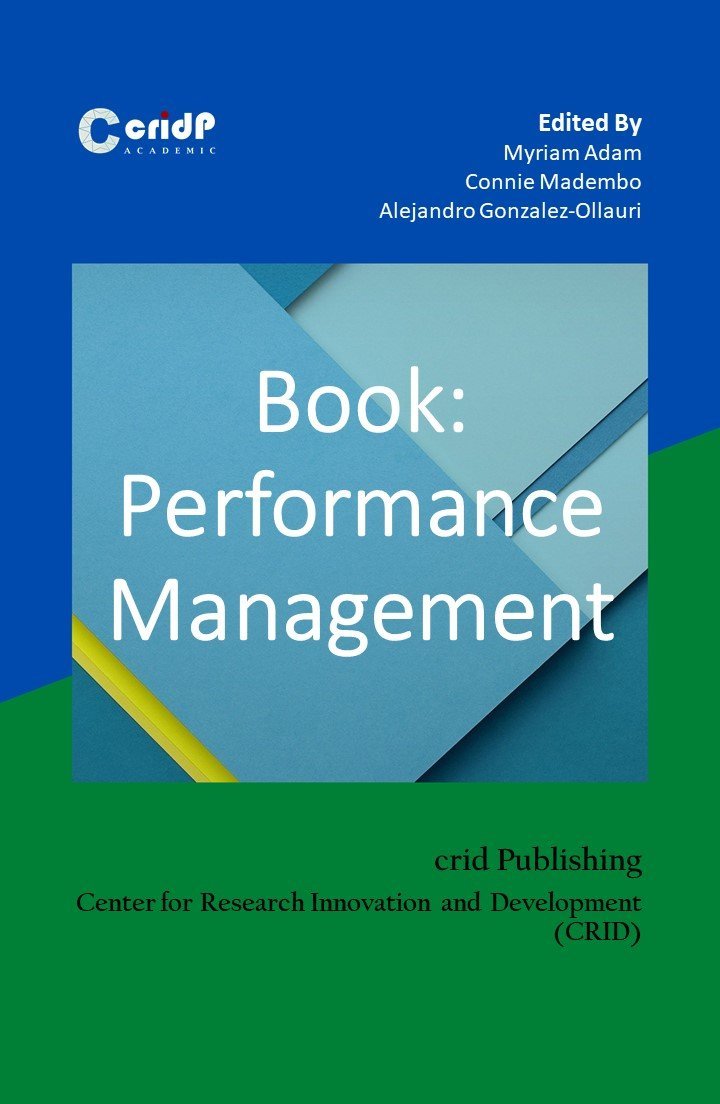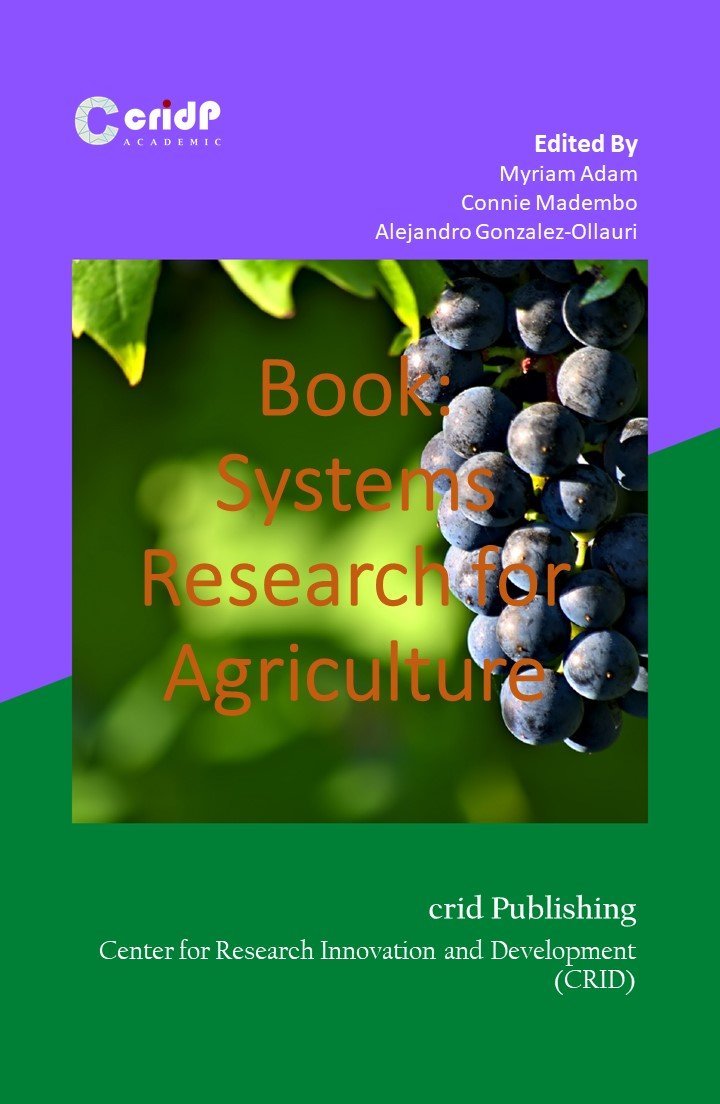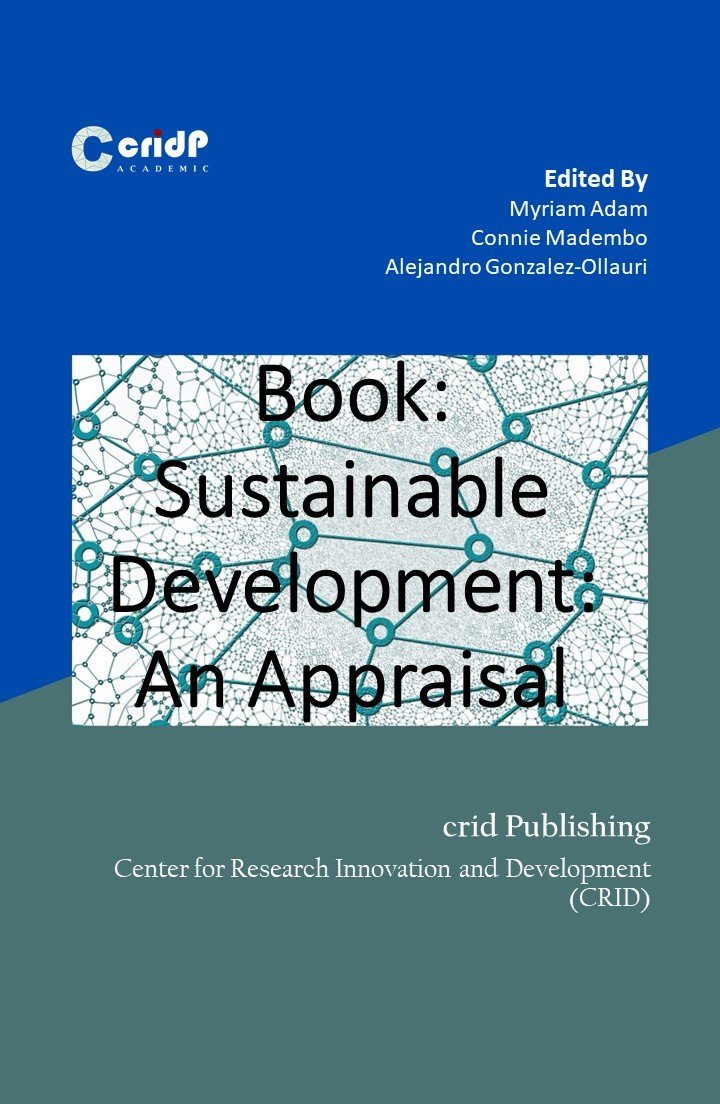Author Interviews
Author Interviews offer a unique glimpse into the minds behind the books, showcasing the inspiration, research journey, and insights of our published authors

- February 15, 2025
- 10:00 Am - 04:00Pm
Author: Prof. Dr. Sani Yaya
Book: Voices of Insight: Perspectives from Emerging Scholars
Author's Biography
The aim of the current study is to evaluate new preventive command-and-control environmental regulation’s competitive effects on automobile manufacturers and their suppliers. The methodology that we have used is a case analysis, and its main aim is to study an unfamiliar situation. Therefore, we have chosen cases from each of the groups: two suppliers and one manufacturer. The new regulation obliges automobile companies to deeply modify their process technologies and their relationships with their suppliers (toughening requirements and strengthening long-term relationships) and to require their workers to train in environmental matters. Complying with regulation by suppliers will be possible if product and process designs are modified. However, only organisational actions, which include workers’ training in environmental and quality matters and activities to recover value in factories, are capable to achieve it. In any case, these factories have already been affected by trade-offs between environmental and other more classic manufacturing objectives, especially quality.

Book Summary
This book brings together thought-provoking contributions from early-career researchers across diverse academic disciplines.
It reflects fresh perspectives, critical analyses, and innovative solutions to contemporary global challenges.
Each chapter captures the unique voice and intellectual journey of a new generation of scholars.
The book aims to bridge academic theory with practical application in real-world contexts.
It serves as both a scholarly resource and an inspiration for aspiring researchers worldwide.
Purchase the Book

- February 15, 2025
- 10:00 Am - 04:00Pm
Author: Prof. Dr. Sani Yaya
Book: Voices of Insight: Perspectives from Emerging Scholars
Author's Biography
The aim of the current study is to evaluate new preventive command-and-control environmental regulation’s competitive effects on automobile manufacturers and their suppliers. The methodology that we have used is a case analysis, and its main aim is to study an unfamiliar situation. Therefore, we have chosen cases from each of the groups: two suppliers and one manufacturer. The new regulation obliges automobile companies to deeply modify their process technologies and their relationships with their suppliers (toughening requirements and strengthening long-term relationships) and to require their workers to train in environmental matters. Complying with regulation by suppliers will be possible if product and process designs are modified. However, only organisational actions, which include workers’ training in environmental and quality matters and activities to recover value in factories, are capable to achieve it. In any case, these factories have already been affected by trade-offs between environmental and other more classic manufacturing objectives, especially quality.
Book Summary
This book brings together thought-provoking contributions from early-career researchers across diverse academic disciplines.
It reflects fresh perspectives, critical analyses, and innovative solutions to contemporary global challenges.
Each chapter captures the unique voice and intellectual journey of a new generation of scholars.
The book aims to bridge academic theory with practical application in real-world contexts.
It serves as both a scholarly resource and an inspiration for aspiring researchers worldwide.
Purchase the Book



- February 15, 2025
- 10:00 Am - 04:00Pm
Author: Prof. Dr. Sani Yaya
Book: Voices of Insight: Perspectives from Emerging Scholars
Author's Biography
The aim of the current study is to evaluate new preventive command-and-control environmental regulation’s competitive effects on automobile manufacturers and their suppliers. The methodology that we have used is a case analysis, and its main aim is to study an unfamiliar situation. Therefore, we have chosen cases from each of the groups: two suppliers and one manufacturer. The new regulation obliges automobile companies to deeply modify their process technologies and their relationships with their suppliers (toughening requirements and strengthening long-term relationships) and to require their workers to train in environmental matters. Complying with regulation by suppliers will be possible if product and process designs are modified. However, only organisational actions, which include workers’ training in environmental and quality matters and activities to recover value in factories, are capable to achieve it. In any case, these factories have already been affected by trade-offs between environmental and other more classic manufacturing objectives, especially quality.
Book Summary
This book brings together thought-provoking contributions from early-career researchers across diverse academic disciplines.
It reflects fresh perspectives, critical analyses, and innovative solutions to contemporary global challenges.
Each chapter captures the unique voice and intellectual journey of a new generation of scholars.
The book aims to bridge academic theory with practical application in real-world contexts.
It serves as both a scholarly resource and an inspiration for aspiring researchers worldwide.
Purchase the Book

Author: Prof. Dr. Sani Yaya
Lead Author
Book: Voices of Insight: Perspectives from Emerging Scholars
This book brings together thought-provoking contributions from early-career researchers across diverse academic disciplines.
It reflects fresh perspectives, critical analyses, and innovative solutions to contemporary global challenges.
Each chapter captures the unique voice and intellectual journey of a new generation of scholars.
The book aims to bridge academic theory with practical application in real-world contexts.
It serves as both a scholarly resource and an inspiration for aspiring researchers worldwide.
Author's Biography
The aim of the current study is to evaluate new preventive command-and-control environmental regulation’s competitive effects on automobile manufacturers and their suppliers. The methodology that we have used is a case analysis, and its main aim is to study an unfamiliar situation. Therefore, we have chosen cases from each of the groups: two suppliers and one manufacturer. The new regulation obliges automobile companies to deeply modify their process technologies and their relationships with their suppliers (toughening requirements and strengthening long-term relationships) and to require their workers to train in environmental matters. Complying with regulation by suppliers will be possible if product and process designs are modified. However, only organisational actions, which include workers’ training in environmental and quality matters and activities to recover value in factories, are capable to achieve it. In any case, these factories have already been affected by trade-offs between environmental and other more classic manufacturing objectives, especially quality.
Purchase the Book

Author: Prof. Dr. Sani Yaya
Lead Author
Book: Voices of Insight: Perspectives from Emerging Scholars
This book brings together thought-provoking contributions from early-career researchers across diverse academic disciplines.
It reflects fresh perspectives, critical analyses, and innovative solutions to contemporary global challenges.
Each chapter captures the unique voice and intellectual journey of a new generation of scholars.
The book aims to bridge academic theory with practical application in real-world contexts.
It serves as both a scholarly resource and an inspiration for aspiring researchers worldwide.
Author's Biography
The aim of the current study is to evaluate new preventive command-and-control environmental regulation’s competitive effects on automobile manufacturers and their suppliers. The methodology that we have used is a case analysis, and its main aim is to study an unfamiliar situation. Therefore, we have chosen cases from each of the groups: two suppliers and one manufacturer. The new regulation obliges automobile companies to deeply modify their process technologies and their relationships with their suppliers (toughening requirements and strengthening long-term relationships) and to require their workers to train in environmental matters. Complying with regulation by suppliers will be possible if product and process designs are modified. However, only organisational actions, which include workers’ training in environmental and quality matters and activities to recover value in factories, are capable to achieve it. In any case, these factories have already been affected by trade-offs between environmental and other more classic manufacturing objectives, especially quality.
Purchase the Book

Author: Prof. Dr. Sani Yaya
Lead Author
Book: Voices of Insight: Perspectives from Emerging Scholars
This book brings together thought-provoking contributions from early-career researchers across diverse academic disciplines.
It reflects fresh perspectives, critical analyses, and innovative solutions to contemporary global challenges.
Each chapter captures the unique voice and intellectual journey of a new generation of scholars.
The book aims to bridge academic theory with practical application in real-world contexts.
It serves as both a scholarly resource and an inspiration for aspiring researchers worldwide.
Author's Biography
The aim of the current study is to evaluate new preventive command-and-control environmental regulation’s competitive effects on automobile manufacturers and their suppliers. The methodology that we have used is a case analysis, and its main aim is to study an unfamiliar situation. Therefore, we have chosen cases from each of the groups: two suppliers and one manufacturer. The new regulation obliges automobile companies to deeply modify their process technologies and their relationships with their suppliers (toughening requirements and strengthening long-term relationships) and to require their workers to train in environmental matters. Complying with regulation by suppliers will be possible if product and process designs are modified. However, only organisational actions, which include workers’ training in environmental and quality matters and activities to recover value in factories, are capable to achieve it. In any case, these factories have already been affected by trade-offs between environmental and other more classic manufacturing objectives, especially quality.
Purchase the Book
Author's Biography
The aim of the current study is to evaluate new preventive command-and-control environmental regulation’s competitive effects on automobile manufacturers and their suppliers. The methodology that we have used is a case analysis, and its main aim is to study an unfamiliar situation. Therefore, we have chosen cases from each of the groups: two suppliers and one manufacturer. The new regulation obliges automobile companies to deeply modify their process technologies and their relationships with their suppliers (toughening requirements and strengthening long-term relationships) and to require their workers to train in environmental matters. Complying with regulation by suppliers will be possible if product and process designs are modified. However, only organisational actions, which include workers’ training in environmental and quality matters and activities to recover value in factories, are capable to achieve it. In any case, these factories have already been affected by trade-offs between environmental and other more classic manufacturing objectives, especially quality.
Author's Biography
The aim of the current study is to evaluate new preventive command-and-control environmental regulation’s competitive effects on automobile manufacturers and their suppliers. The methodology that we have used is a case analysis, and its main aim is to study an unfamiliar situation. Therefore, we have chosen cases from each of the groups: two suppliers and one manufacturer. The new regulation obliges automobile companies to deeply modify their process technologies and their relationships with their suppliers (toughening requirements and strengthening long-term relationships) and to require their workers to train in environmental matters. Complying with regulation by suppliers will be possible if product and process designs are modified. However, only organisational actions, which include workers’ training in environmental and quality matters and activities to recover value in factories, are capable to achieve it. In any case, these factories have already been affected by trade-offs between environmental and other more classic manufacturing objectives, especially quality.
Purchase the Book
Ready to Drive Change through Publishing?
Let CRID Books Take Your Ideas Further
Submit Your Manuscript to CRID Publishing in Advancing Innovation, Knowledge, and Impact for a Sustainable Future


